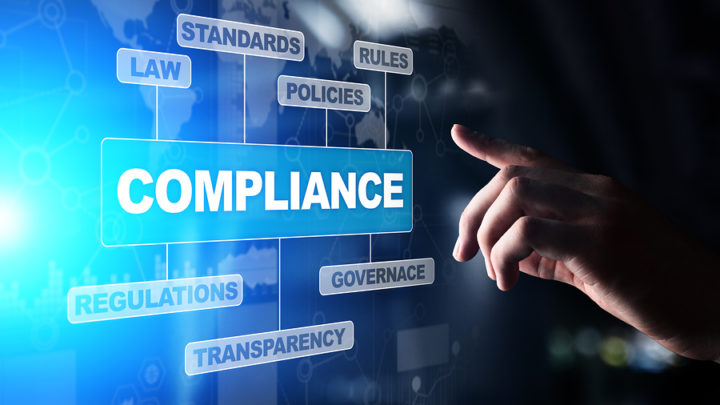As the cost of doing business continues to rise both in Australia and globally, it’s important that companies take the opportunity to streamline their processes, and potentially reduce both cost and risk.
Increased regulation across a range of industries is resulting in growing compliance costs through personnel time and wages, duplication of effort, software and technical equipment needs.
The cost of non-compliance is even higher.
In the US for example, US$4 billion in non-compliance related fines was collected by the Securities and Exchange Commission and Financial Industry Regulatory Authority in 2021 alone.
But there’s also another cost, beyond the financial burden.
Being non-compliant risks your very company in terms of reputation, ability to secure future business, and can detrimentally affect the share price of listed companies.
It’s a risk companies shouldn’t be taking, yet some businesses are inadvertently exposing themselves to penalty, simply because keeping track of the various regulations and requirements is a complex process.
Too many companies are still using spreadsheets or analogue systems of ensuring their compliance is up to date, when better and more technologically advanced solutions are available.
Adopting those solutions can:
- Reduce administration: Constantly having to check whether employee credentials are up to date is time consuming and costly. Once employee data is onboarded, the compliance monitoring software sends out real-time alerts, reducing duplication of effort and cross-checking requirements, freeing up admin staff to take on other tasks.
- Streamline auditing andiInvestigations: With all documentation in the one place, and the ability to check compliance details at any time in the past, generating reports for auditing and/or investigation purposes is time-efficient and simple.
- Using a digital credentials passport so employees can start work sooner: Onboarding employees is timely and costly. With a digital credentials passport technology, you’re actively shifting the compliance entry function to the worker. This not only saves you time and money, but also empowers the employee to own the onboarding process and join your team much faster.
- Support ‘know your people’ initiatives: Better compliance can assist with wellbeing and personal safety of staff, allowing companies to truly know their employees and contractors.
It’s important to consider privacy concerns and ensure that the technology you use has the employee remaining the owner of all data, at all times.
But if you use the right technology, you can save your business time, money, risk and unnecessary workload – everybody wins.












